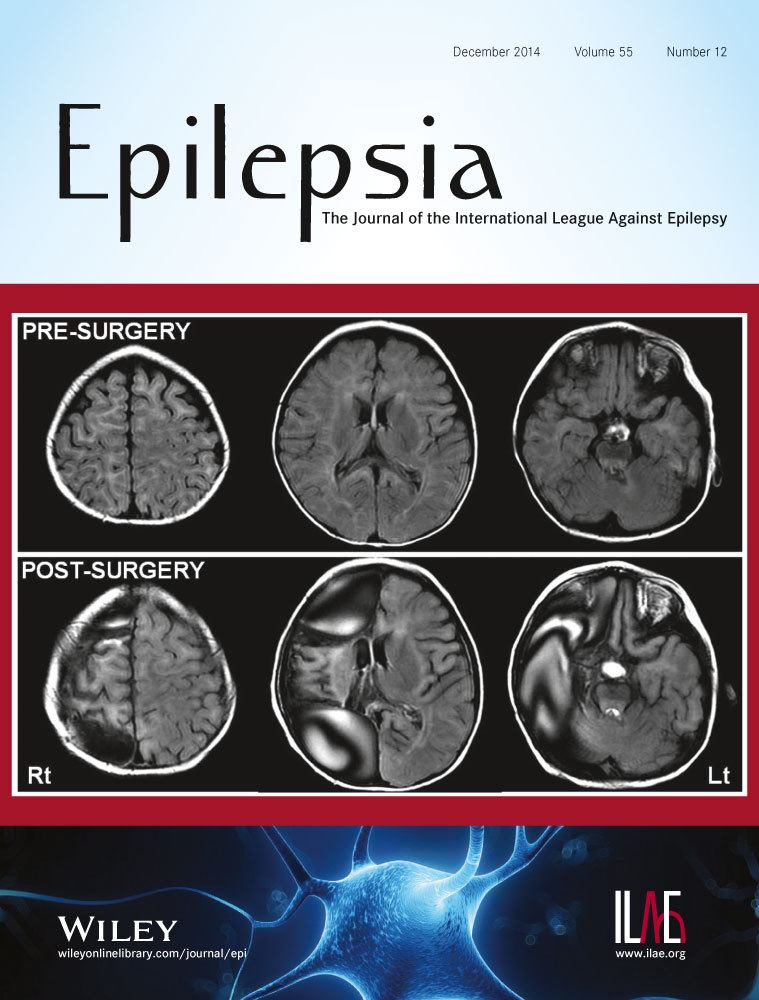Long-term outcome in children with infantile spasms treated with vigabatrin: A cohort of 180 patients
Summary
Objective
Evaluation of efficacy of vigabatrin as the first drug in infants with previously untreated infantile spasms (IS) and reporting the long-term outcome.
Methods
We analyzed a cohort of 180 infants with infantile spasms treated with vigabatrin as the first drug. Following initial evaluation and a 48-h basal period for counting the spasms, vigabatrin was administered using the same protocol in all. After 14 days all infants were assessed for therapeutic response (primary outcome). Psychomotor development was evaluated by a psychologist and neurologist prior to the initiation of treatment and during the follow-up. Seizure outcomes were followed prospectively, by seizure types and epilepsy syndromes. Long-term (secondary) outcomes included neurologic status, occurrence of late epilepsy, and developmental/cognitive status.
Results
Vigabatrin terminated the spasms in 101 patients (56.9%) at a mean period of 5 days. Patients with normal psychomotor development prior to the onset of spasms responded best. After follow-up of 2.4 to 18.9 years (mean 10.64; standard deviation [SD] 4.40), 38.1% of responders, treated with vigabatrin, had severe neurologic dysfunction, 42% had epilepsy, and 42.2% had unfavorable intellectual outcome. The group with symptomatic etiology and abnormal neurologic status at presentation demonstrated a significantly worse prognosis and a more unfavorable outcome than cryptogenic or idiopathic cases (85.1% and 81.6% versus 14.9% and 0%-p = 0.001). Idiopathic patients treated with vigabatrin were all intellectually normal, except the youngest patient who had borderline cognitive function.
Significance
The most important prognostic factors were the underlying etiology and preexisting developmental profile. Long-term outcome in the patients treated with vigabatrin was similar to the outcome in patients treated with adrenocorticotropic hormone (ACTH) or corticosteroids, as reported in earlier studies. The long-term prognosis of idiopathic cases treated with vigabatrin was favorable.




